7 Surprising Facts About Invasive Plants
Updated: Apr. 23, 2024
From purple loosestrife to kudzu, find facts about invasive plants—and learn why you'll want to eliminate these non-natives from your yard.
On This Page
What Makes a Plant Invasive?
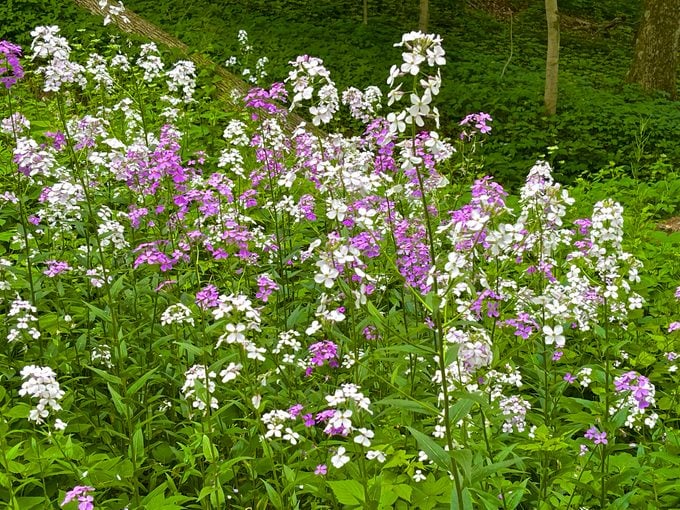
Invasive plants have two characteristics. First, these plants are nonnative to the ecosystem, and second, they cause or are likely to cause harm to humans, the environment or the economy.
Check your garden—you might have one of these surprising invasive flowers.
Invasive Plant Damage Is Costly
The invasive aquatic plant Elodea is the first freshwater invasive plant known to have appeared in Alaska. It chokes out native vegetation and spreads easily and rapidly, needing only a 2-inch clipping of its stem to take root in a new location. Because it disrupts native vegetation and damages the quality of aquatic environments, experts say it could cost the Alaskan sockeye salmon industry as much as $159 million a year.
Psst—never plant these invasive shrubs (and what to grow instead!)
Don’t Leave Purple Loosestrife!
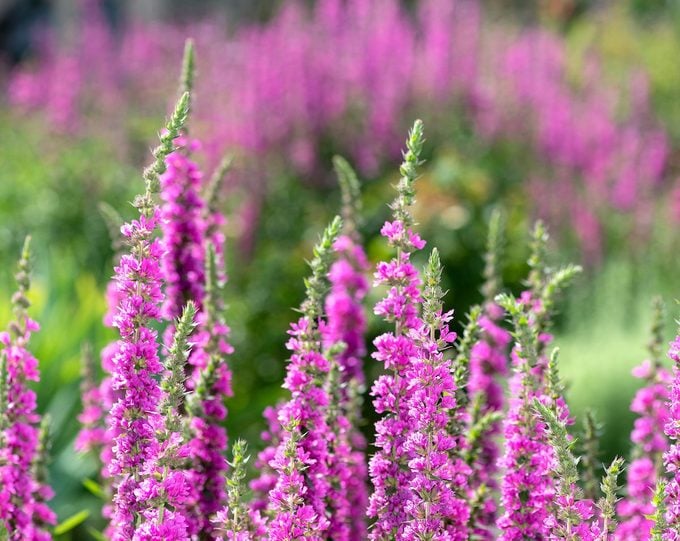
Many invasive plants are known for spreading quickly. The deceptively pretty invasive purple loosestrife can produce more than 2.7 million seeds annually. Native to Europe and Asia, purple loosestrife looks like a lovely flower—but it’s a headache for many gardeners in the United States and Canada. It grows in wetland environments and crowds out native species. Roots can send out 30 to 50 shoots, which creates an interconnected web of plants.
In addition to purple loosestrife, keep an eye out for the worst invasive plants.
Invasive Plants Are Difficult to Remove
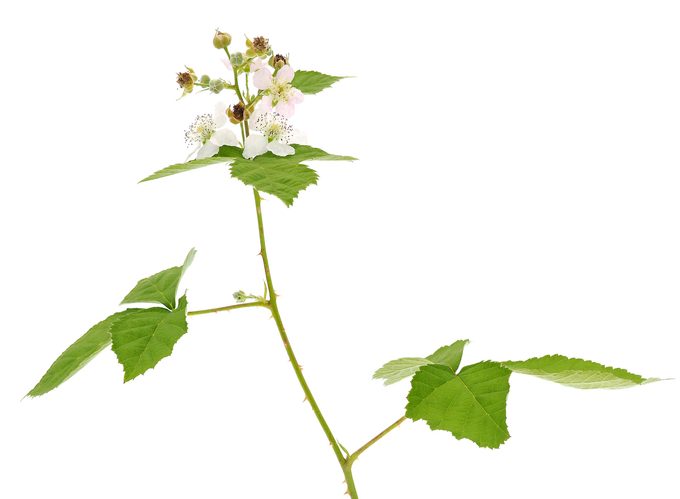
Himalayan blackberry is invasive in the Pacific Northwest, forming impenetrable thickets of up to 500 canes per square yard. As with many native plants, it is incredibly difficult to control and eradicate, especially when attempting to pull it out by the roots.
Here’s how to remove invasive plants from your garden for good.
Russian Thistle Spread Across the Southwest
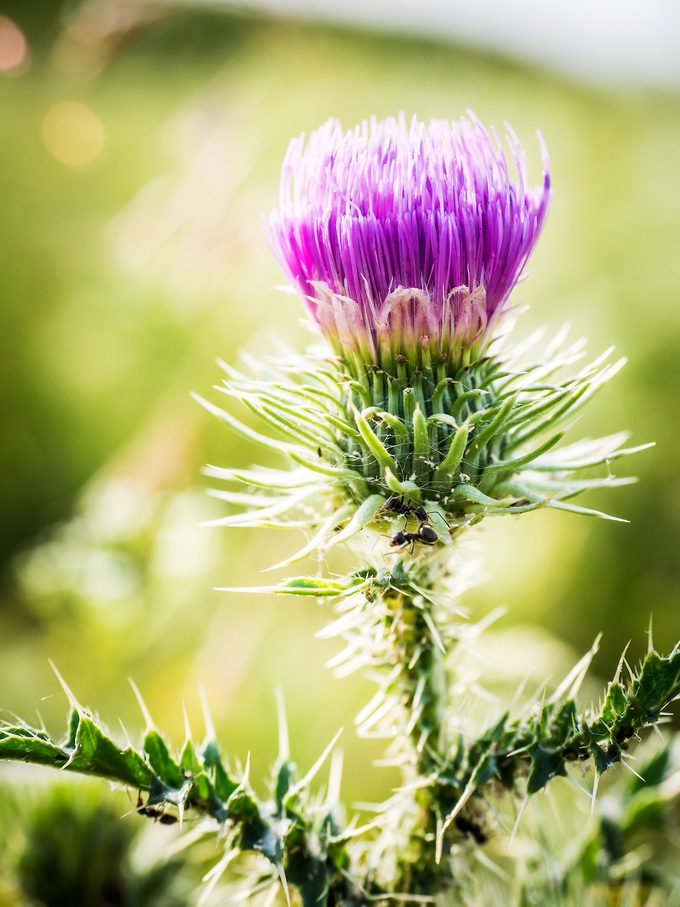
Better known as tumbleweed, Russian thistle arrived in the U.S. in 1873. Its rapid spread was accidental. Today, it infests approximately 100 million acres, especially in the American Southwest.
Should you get rid of Canada thistle? Find out what the experts say.
Some Invasive Plants Are Harmful to Humans
Lots of invasive plants hurt the environment, but giant hogweed hurts people, too. Its leaves grow up to 5 feet across, and its toxic sap causes severe skin blisters when exposed to sunlight. If you have the misfortune of coming into direct contact with giant hogweed, wash the affected skin with soap and water as soon as possible. Next, make sure to keep the affected area out of direct sunlight for at least 48 hours.
Is a black locust tree invasive?
Kudzu Vine Grows Extremely Fast
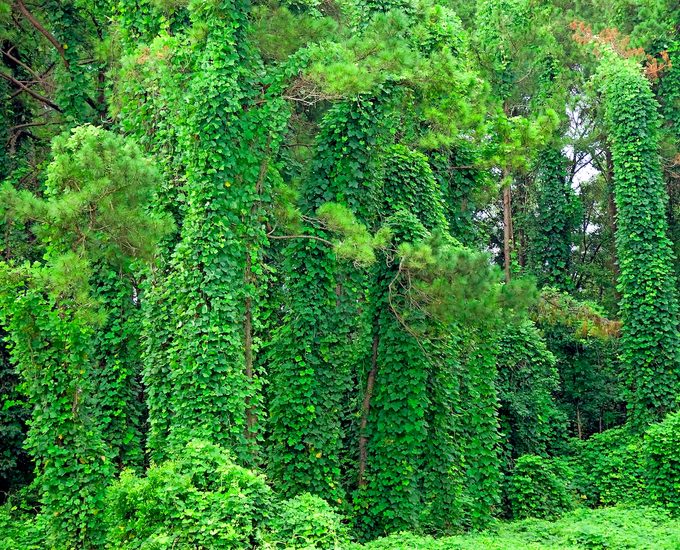
In summer, kudzu vine can grow up to 1 foot every day, reaching lengths of over 100 feet. Some refer to it as “the vine that ate the South” because of its prevalence in the southern United States. Unfortunately, it was once intentionally planted there as a means of controlling erosion.
Next, find out if trumpet vine is an invasive plant.
Sources
- New York State Department of Environmental Conservation, “Giant Hogweed“
- Minnesota Department of Natural Resources, “Purple loosestrife“
- King County, Washington, “Himalayan blackberry identification and control“
- The Nature Conservancy, “Kudzu: The Native Vine That Ate the South“
- National Park Service, “Elodea: Alaska’s First Invasive Aquatic Plant Continues to March Across the State“
- National Oceanic and Atmospheric Administration, “What is an invasive species?“
- UC Riverside Center for Invasive Species Research, “Russian Thistle“
- United States Department of the Interior, “Invasive Species Strategic Plan 2021-2025“
- Clackamas Soil and Water Conservation District, “October Invasive Weed of the Month: Himalayan Blackberry“
Why Trust Us
For nearly 30 years, Birds & Blooms, a Trusted Media Brand, has been inspiring readers to have a lifelong love of birding, gardening and nature. We are the #1 bird and garden magazine in North America and a trusted online resource for over 15 million outdoor enthusiasts annually. Our library of thousands of informative articles and how-tos has been written by trusted journalists and fact-checked by bird and garden experts for accuracy. In addition to our staff of experienced gardeners and bird-watchers, we hire individuals who have years of education and hands-on experience with birding, bird feeding, gardening, butterflies, bugs and more. Learn more about Birds & Blooms, our field editor program, and our submission guidelines.


